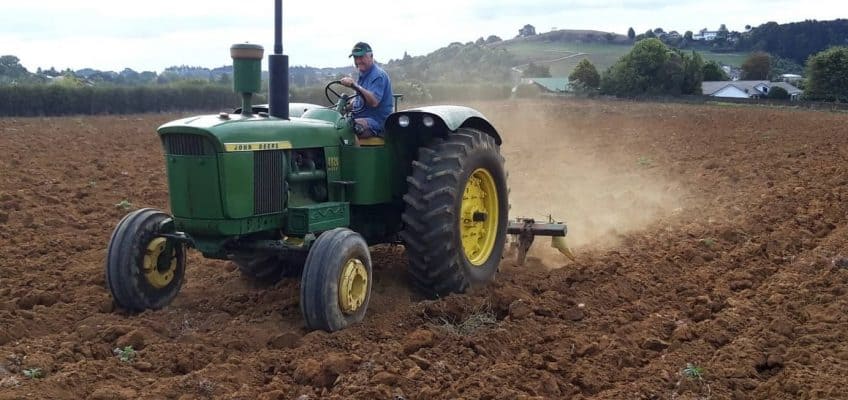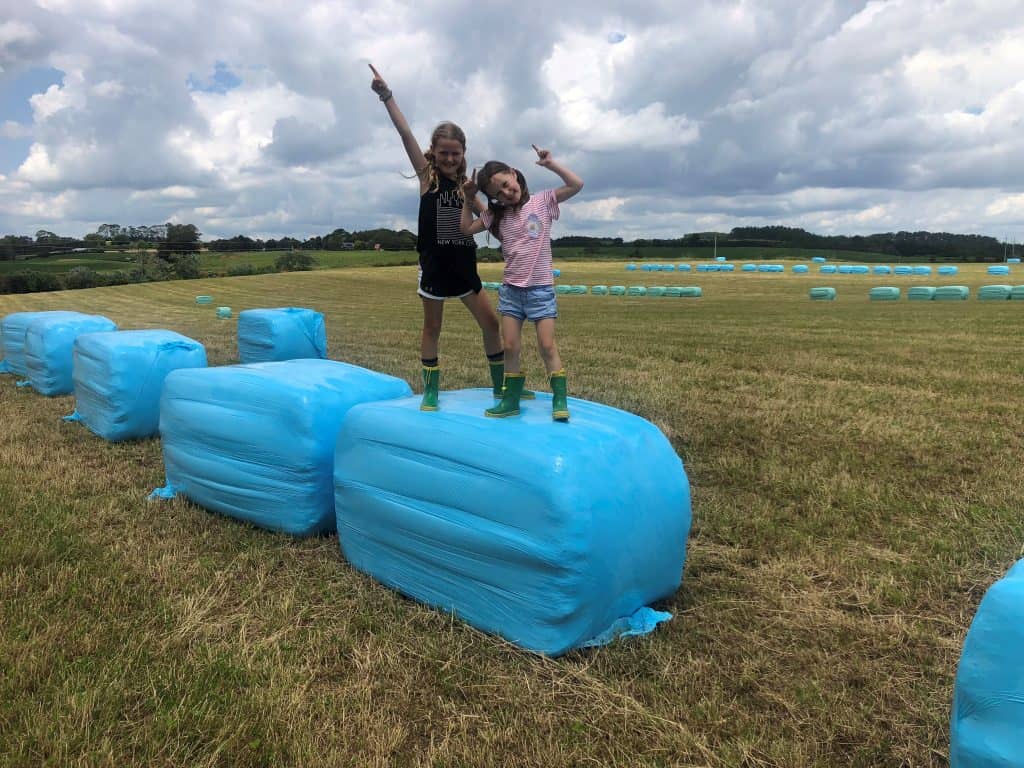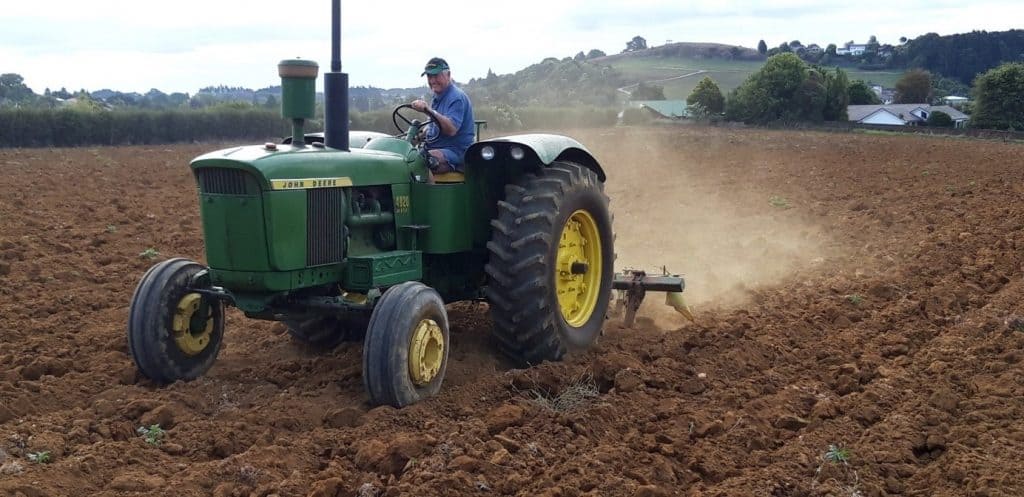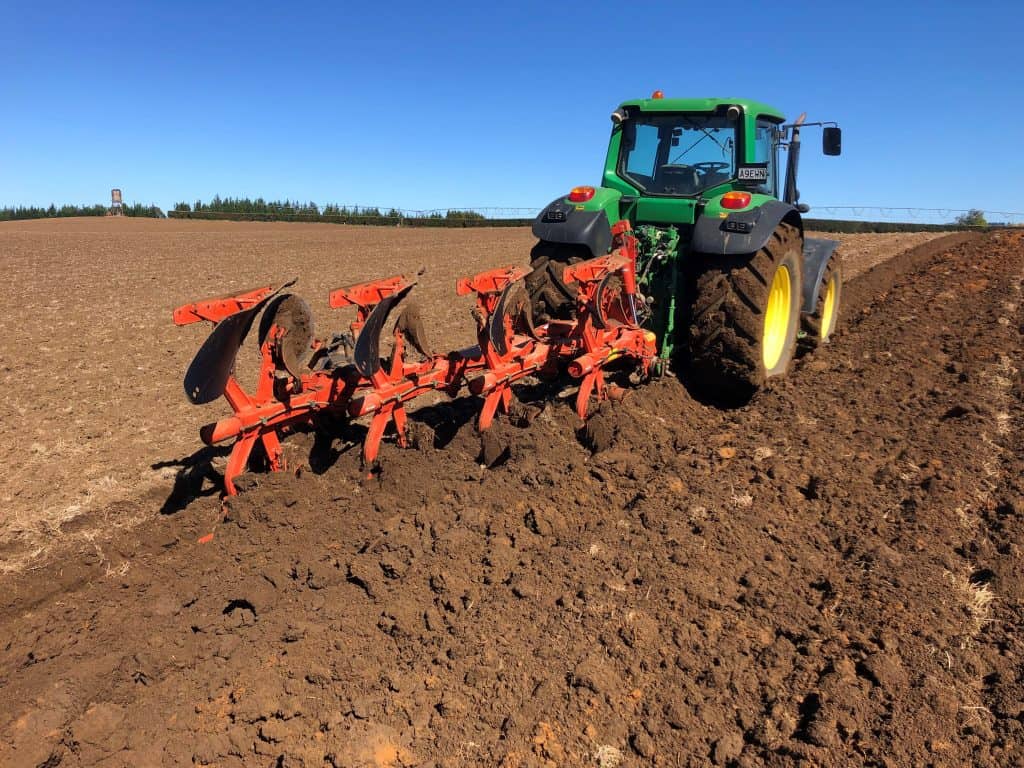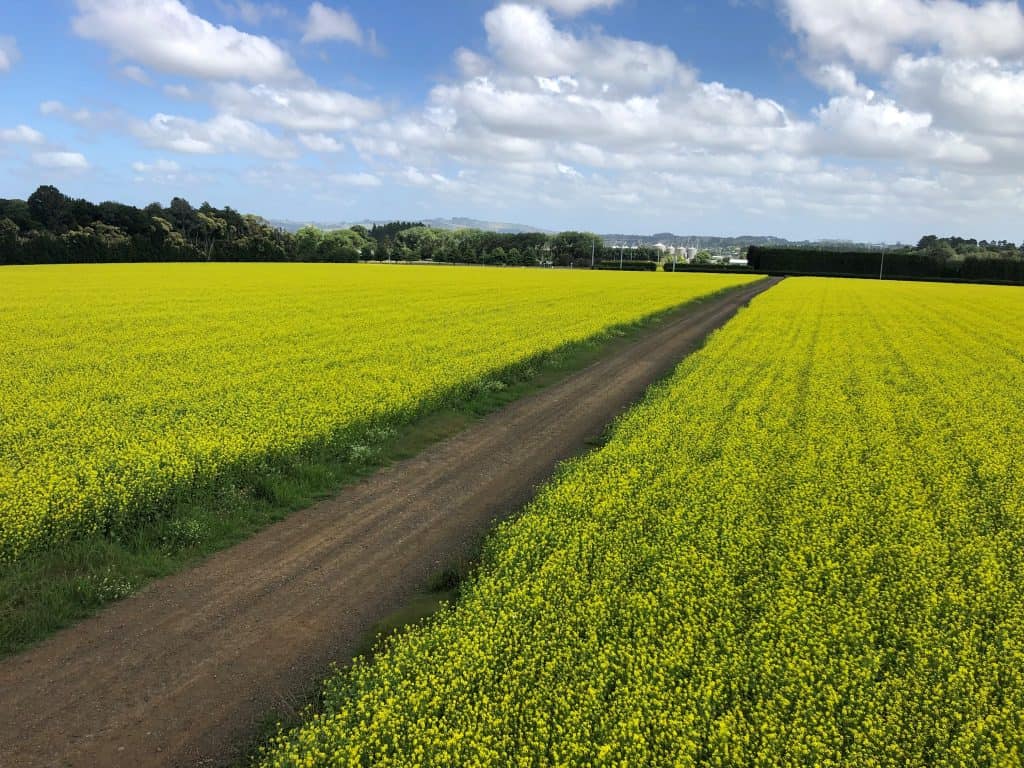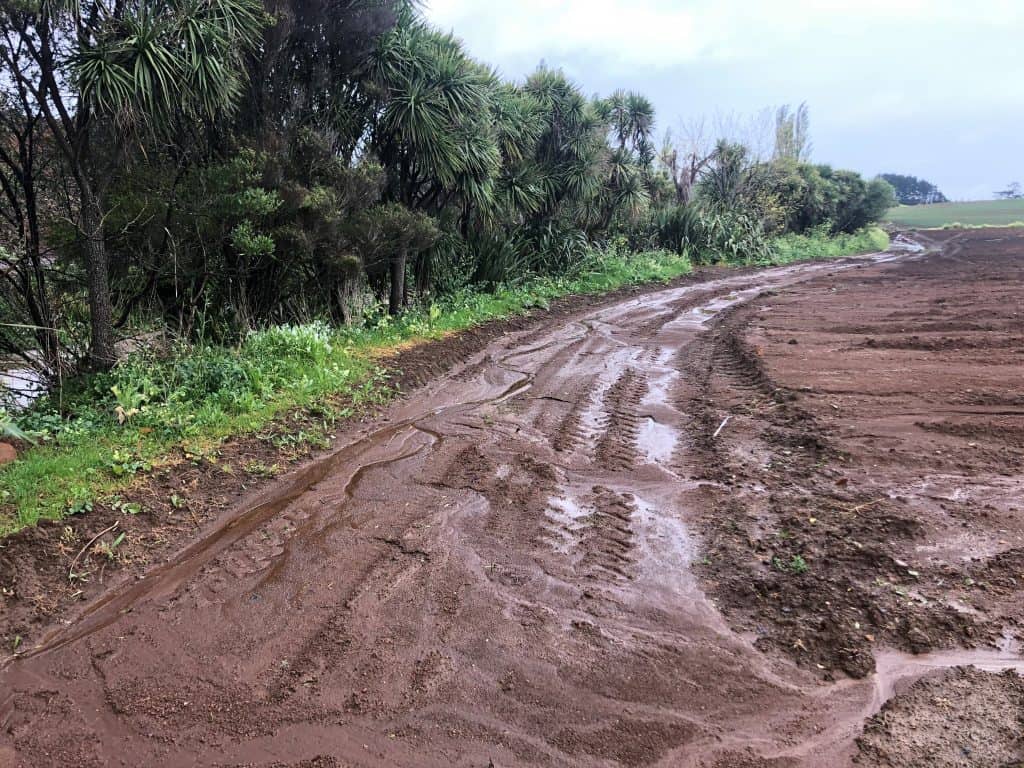Name: Peter Reynolds
Location: Pukekohe and Tuakau
Grows: potato, onion, pumpkin production, kiwifruit orcharding and cattle fattening.
History: T.A. Reynolds Ltd is our family owned farming business. We have been living and farming in the Pukekohe and Tuakau Districts for several generations.
We are not one big farm but are farming on many blocks, situated about one to two kilometers apart from each other, along a ring road of Tuakau Road, Whangarata Road and Harrisville Road. At present, there are over 15 separate blocks.
Our methods: In our farming operations, we rotate our crops with each other on an annual basis. We can only grow one or two crops of potatoes or onions in succession, interspersed with crops of mustard. This acts to manage any remaining nutrients, prevent runoff, add fibre to the soil and to help break disease cycles. If we were to practice continual monocropping, we would run into serious pest and disease issues with several soil borne disease pressures escalating to unmanageable levels.
Lessons learnt: We had an experience with white rot in our onions around 1994/1995 and were almost put out of onion production due to high levels of onion white rot sclerotia establishing in the soils. We had been rotating between the vegetable crops with mustard and oat crops to break the disease cycle, but this proved inadequate.
We had to take drastic action, so over 4-5 years we embarked on a whole or part farm rotation system, by bringing our cattle operation on to our high-class vegetable production soils and re-grassing a quarter of each farm each year progressively over four years. After four years, we were able to start vegetable production on these farms again, with remarkable results.
The condition of the soils was fantastic with huge amounts of organic matter, worm life and a much more friable texture. As we worked the ground over the ensuing years, we improved our crop health, crop yields and our soils have been maintained in great condition.
We are still interspersing our vegetable crops with cover crops in between or during fallow periods, with some double cropping of mustard over a twelve-month layoff.
It was easy for us to transition into a cattle grazing rotation on our cropping land as we have experience with cattle fattening on our steeper adjoining land. Most of our farms have some unproductive/non-cropping land due to the rolling nature of the landforms around Pukekohe and Tuakau.
When we started grassing sections of our cropping farms, we incurred significant expenses with setting up new fences and water supply along with cattle yards and loading races. The biggest hurdle was how to keep up our vegetable crop production on a reduced acreage, while meeting our commitments to markets and consumers. We embarked on a very rigorous land tenure programme, by leasing or purchasing other suitable blocks or farms in our localized area. We were lucky enough to find enough land in our neighborhood with some blocks adjoining our existing farms.
We had to move very fast to make all this happen over two or three seasons but looking back today, if we had not done this, it is doubtful whether we would still be in the vegetable industry.
If there had been Land Use Change Rules in place in the last 25 years, as we changed our whole farming system, we would have been mired by red tape and restrictions.
Our soils are now regarded as some of the best in the Franklin District and there are many advantages to our business operations. The soils are more friable and free draining and they can be cultivated with minimum tillage machinery with big savings on fuel, energy and labour inputs, while still achieving an excellent seedbed. With fewer passes of cultivation equipment the soil is moved less which helps to lock the carbon into the soil. This is going to be a huge factor going forward with the world’s carbon initiatives. We already have many other growers and machinery manufacturers from New Zealand and overseas visiting to observe our systems and machinery.
As we have developed our farm change programme, we have planted many shelter belts, riparian systems, installed soil control mechanisms such as silt traps and bunded headlands. Even when a farm is in the cattle grazing rotation, there is no movement of soil or nutrients from our land due to rainfall runoff. We pay particular attention to nutrient management through a rigorous soil testing programme for each individual crop, with regard to placement of fertilizer and the timing of application.
There are ongoing challenges to producing high quality vegetables and we have to be ready to adapt if we are to continue farming in a financially and environmentally sustainable manner.



